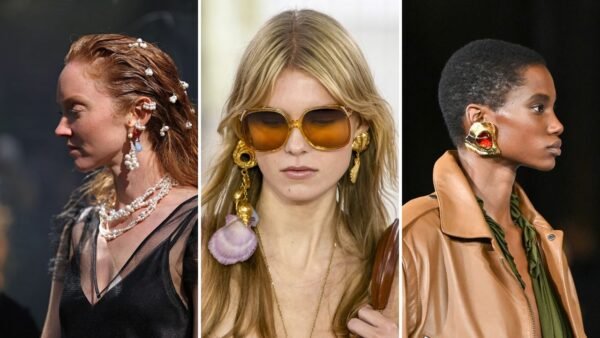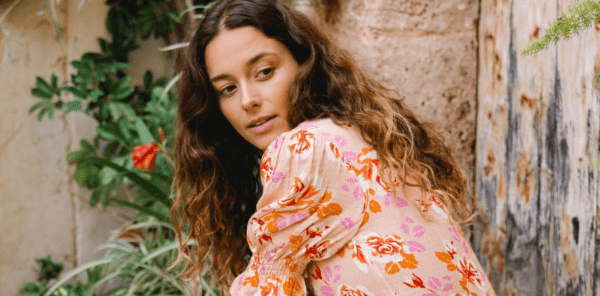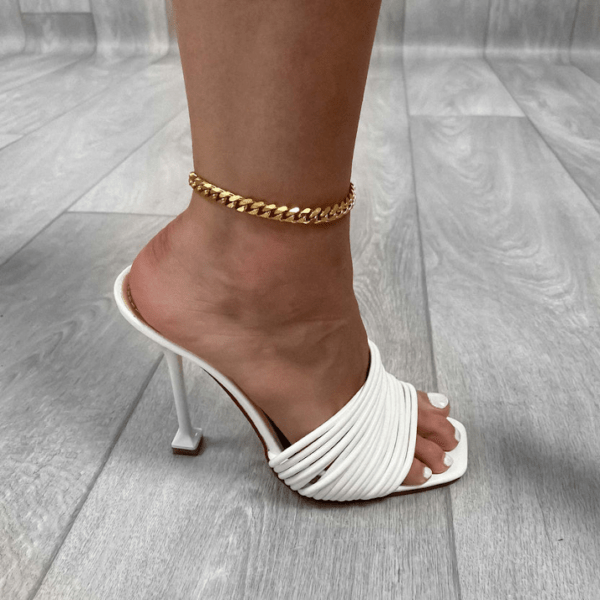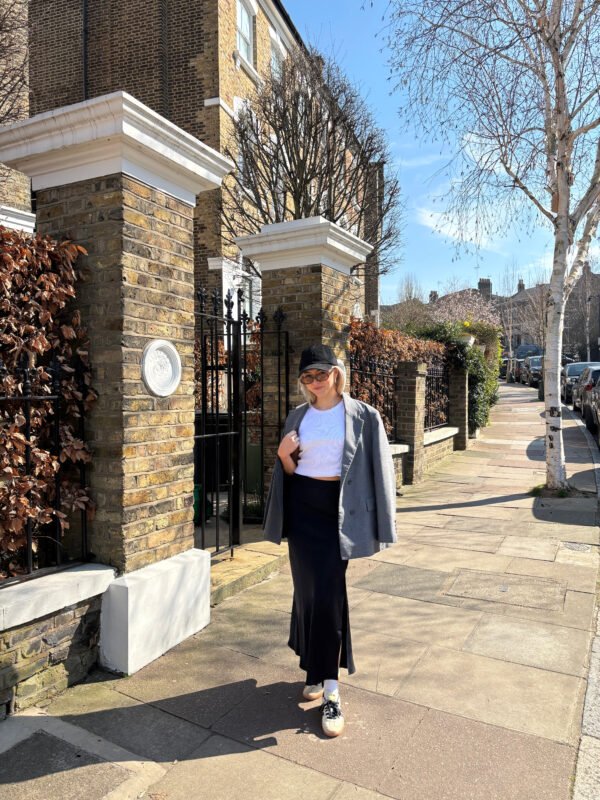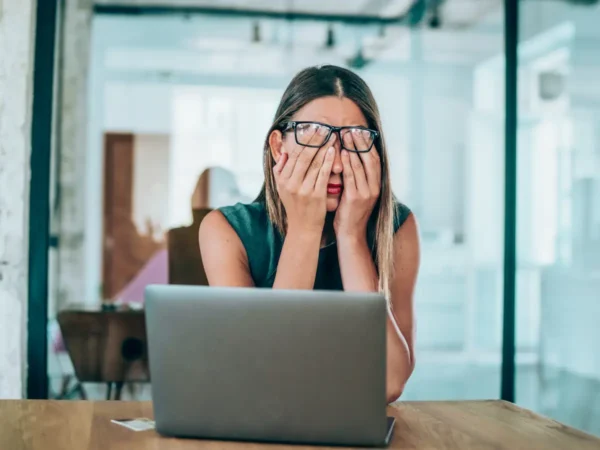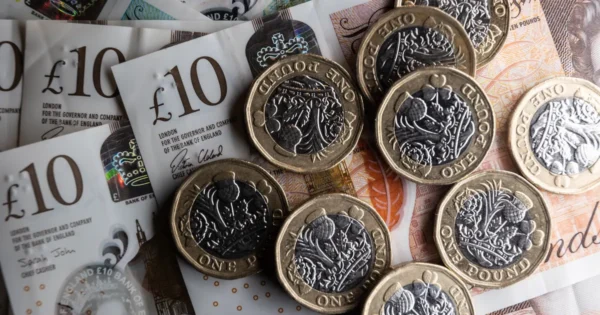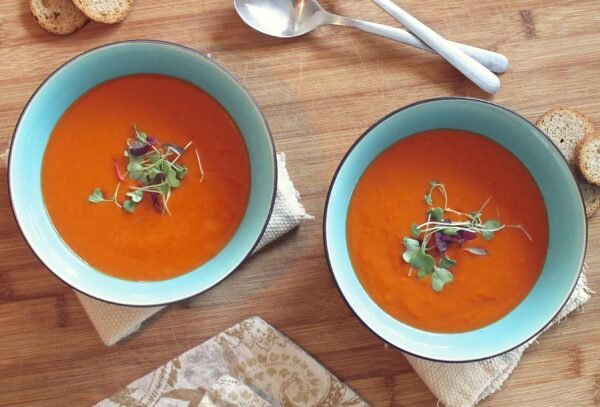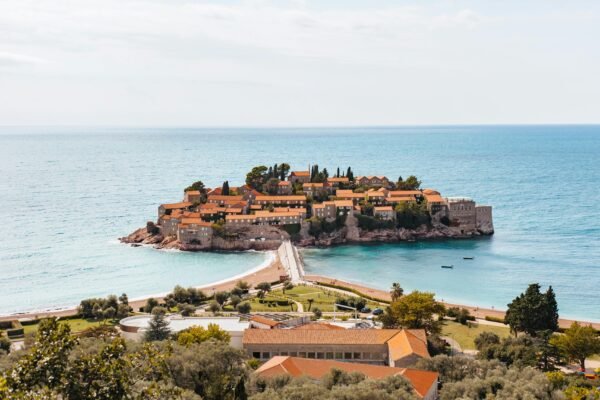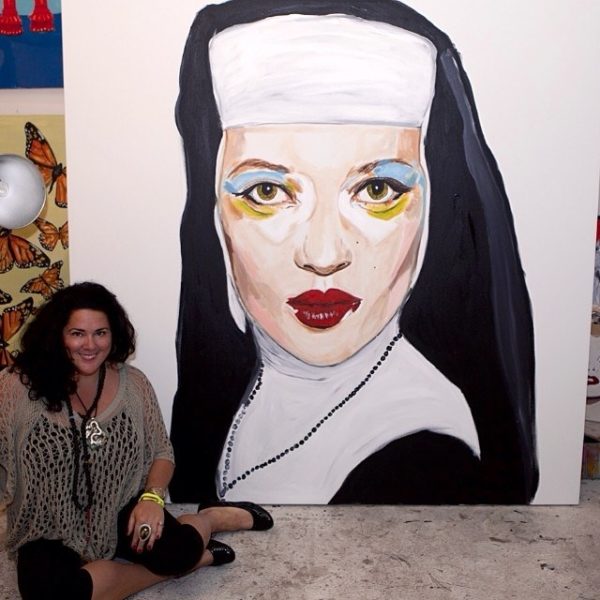
Art for Likes: How Social Media is Affecting Artists

In the age of social media, art has never been more accessible. Scrolling through the ‘art’ tag on Instagram and Twitter can open up an entire world of artists showing off their work online, as well as re‒sharing classic pieces that have survived the test of time. In fact, #art was the fifth most popular Instagram hashtag of 2017.
There’s no denying the impact that social media has had on the art world, and in some respects it could only just be beginning. But does this mean that traditional, fine artworks are being replaced with digital pieces?
Here, we’ll look at how the online world is shaping the future of art, and why it doesn’t necessarily mean that everything is going digital.
Artists can use social media to create and grow their brand
While social media was previously considered a way to gain extra promotion and connect with fans, it has now become an integral part of branding and marketing. Ultimately, the main goal for artists is to get their work out there, and to be seen by as many people as possible, and with the number of social media users only rising, it makes sense that all artists should have an online presence. In fact, it has been estimated that there will be around 2.77 billion social network users globally by 2019, meaning an artist has the potential of reaching billions using social media.

This exposure can make exhibiting art much easier for artists, and can even pave the way to regularly sell original pieces. For example, 40% of sales from Nashville-based artist Shane Miller come from Instagram. And the 26 year old isn’t the only one enjoying the benefits of having an active Instagram account; Ashley Longshore regularly sells her work for $30,000 or more, and counts Hollywood actress Blake Lively as a client, thanks to her active Instagram account, according to Vogue.
Not all art can be effectively shown on social media

Some artists create art that lends itself well to a digital platform. If you put a picture of a painting on Instagram or Pinterest, the image will look pretty similar to the original. Artists that create installations and exhibitions, on the other hand, rely on having their audience witness and experience their artwork in person, rather than on a screen.
Contemporary installation artist Owais Husain, for example, conveys his messages of identity by having his audience walk through and experience his multimedia work. Husain’s work mixes film, photography, paintings, sculptures, installations, and poetry, a combination which cannot be condensed effectively into a simple digital image. Similarly, a recent exhibition at the Saatchi Gallery by Les Enfants Terribles used physical artwork for Inside Pussy Riot, where phones and cameras were banned to enhance the user experience.
However, exhibitions like these that do allow photography can be shared online, encouraging more visitors to see the physical art for themselves. Take the Museum of Ice Cream in America as an example of this—it is now considered to be the most Instagrammed exhibition in the world, and boasts over 125,000 hashtagged posts, with everyone wanting to share pictures of it online. Simply sharing a part of an installation and tagging it appropriately can encourage more people to visit the area, which is massively beneficial to artists.
Social media gives everyone the chance to be an artist
As most social media platforms are free, everyone is given a fair chance to try their hand at art, with photography being the main path many choose to take. Amateur photographers are able to showcase their artwork online, for free, and reach a wider audience by simply using the relevant hashtags and posting at the right times. Doing this, artists are able to gauge their popularity with the number of ‘likes’ and how much interaction each piece gets; the more popular posts will eventually filter through to a wider audience, such as through Instagram’s Explore tab. This can help artists to increase their follower counts and build their brands, which in turn can bring exposure.
Photographers, artists, and digital designers alike can use social media to create their own following of fans, which may eventually lead to being able to publish their own physical artworks. This could be in the form of creating their own comic books to sell, or working on commission from fan requests for a fee, once they have an established fanbase. Even celebrities are making the most of the opportunity to become an artist, with Kim Kardashian West publishing a collection of her famous selfies in a coffee-table photography book, aptly titled Selfish.



Art is increasingly adapting with technology, and now more and more accounts are dedicated to creating and sharing memes. While this is still relatively new, 2017 was the year that memes were recognised as art, and have even inspired more traditional artists. The street artist Lushsux, for example, has increased his own following online by painting memes around Australia.
For professionals and amateurs alike, it’s clear that social media has had a huge impact on art, and will only continue to shape the future of the industry.






